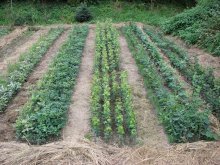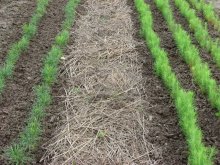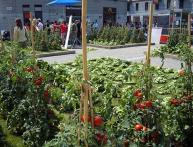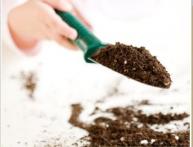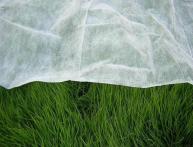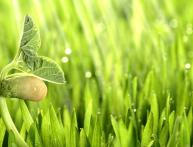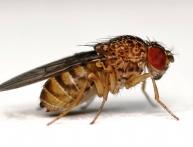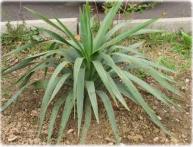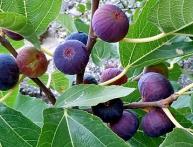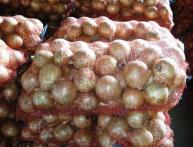Mulching the soil: methods and technology
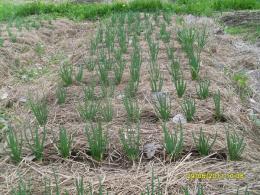
Most summer residents use various agricultural techniques that are of great importance during spring or autumn tillage.
One of the simple and effective ways is mulching. This is an important complex action, without which it is impossible to do.
Content:
Mulching: what is it?
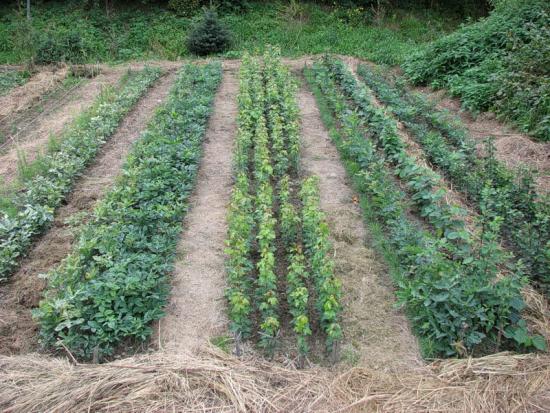
Mulching is generally understood as covering the top layer of soil. under trees, plants or vegetables.
This procedure is performed in open areas of soil using organic fertilizer (material). Subsequently, these materials rot under the influence of various microorganisms, and humus is formed in the soil.
A layer of mulch maintains optimal temperature and humidity for the plant.
Mulching is used for the following purposes:
- Enrichment of poor soil
- Retaining moisture in the ground
- Improving the nutrition of vegetable crops and plants
- Improvements to the air-gas regime
- Protecting the root system from adverse factors
- Containing soil washouts on a slope of a site
This agrotechnical technique, actively used in gardening, protects cultivated crops from pollution and creates a breeding ground for earthworms. This method can significantly save the gardener’s time and eliminate the need for weeding.
How can you mulch the soil?

- Coating with covering material
- Application of organic materials
- Using compost
When choosing one of these methods, it is necessary to take into account the type of soil, as well as climatic factors.
The most popular materials for mulching are bark, wood chips, trimmed branches, pine cones, etc.
They do not completely protect against weeds. Unlike other types of material, bark quickly absorbs moisture on a rainy day, and releases it evenly in the summer.
Protect strawberries, strawberry and some vegetable crops will help pine or spruce needles.
Other organic materials that are used as a mulch layer include:
- Mowed grass
- Straw
- fallen leaves
- Small chips
- Mature compost
- Paper or cardboard
- Peat
Freshly cut grass is not recommended for mulching. Before covering the soil, the grass should be dried. If this is not done, various pests.
If sawdust was chosen as the mulching layer, it should be pre-mixed with nitrogen and resin.
They begin to rot and take these necessary elements from the soil. It is recommended to use this material for garden or berry crops. It is advisable to mix straw with nitrogen.
Artificial materials can be used as mulch.
Among covering materials, black film, roofing felt, roofing felt, lutrasil, pebbles, expanded clay, and crushed stone are popular among gardeners.
Unlike organic mulch, man-made materials do not contain nutrients and cannot form humus.
Film mulching technology: lay black or colored film on the beds and make small holes in it. Next, water well and plant seedlings in the prepared slots.
It is not recommended to use white film or other transparent materials for mulching. They are unable to control weed growth.
Advantages of using black coating:
- Reduces moisture evaporation
- Saves from heat, cold, drought
- Soil crust does not form
- Eliminates soil compaction by precipitation
The disadvantages of artificial material include: it does not have the ability to restrain overheating in extreme heat; the film may decompose with frequent heating. To avoid this, the film on top can be covered with straw or hay.
Many gardeners use colored film: tomatoes develop better under a red coating, and cabbage under white.
Pebbles and expanded clay are used as decorative covering materials. They do not rot and do not lose their appearance for a long time.
Mulching the soil: features
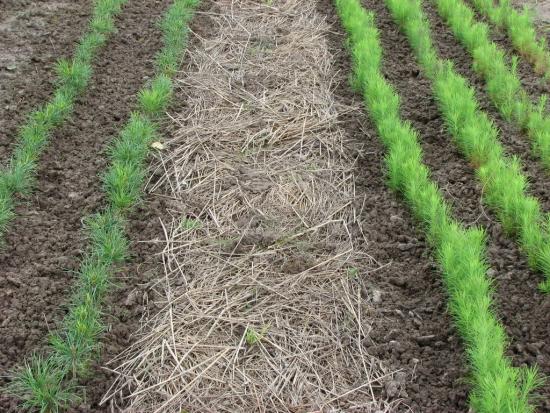
They begin to spread mulch in the spring, when the soil is well warmed up and has not had time to lose moisture. It is necessary to check the soil: if the soil is dry, then it should be watered.
Before spreading over the soil surface organic materials, it must be well prepared. To do this, all debris, old leaves, branches, etc. are removed from the surface.
If there are weeds, the soil should be removed from them and, if necessary, sprayed with a special product. After the soil has been prepared and the mulching material has been selected, you can proceed directly to the mulching technology.
When distributing mulch, soil composition should be taken into account.Loamy soils are not recommended to be covered with a thick layer of mulch.
The recommended soil layer is no more than 2 cm. On light soils, a mulch layer has a beneficial effect. Depending on the material used to cover the soil, the thickness of the layer varies during mulching.
The optimal thickness of the dense layer is 5 cm. For this, covering material in the form of bark or sawdust is used. For a lighter layer, leaves, needles and other materials are used. In this case, the layer should be about 7-8 cm.
The mulch layer should not touch the tree trunk and plant stems. This should be taken into account when mulching the soil.
The mulching radius for shrubs should be at least 40-50 cm, and for trees - 70-80 cm.
Mulch can be used throughout the season. In the summer, when loosening the soil, a layer of mulch is mixed with the ground, and in the autumn, during digging, it is embedded in the ground.
Video on how to properly mulch:
Interesting information about the vegetable garden

